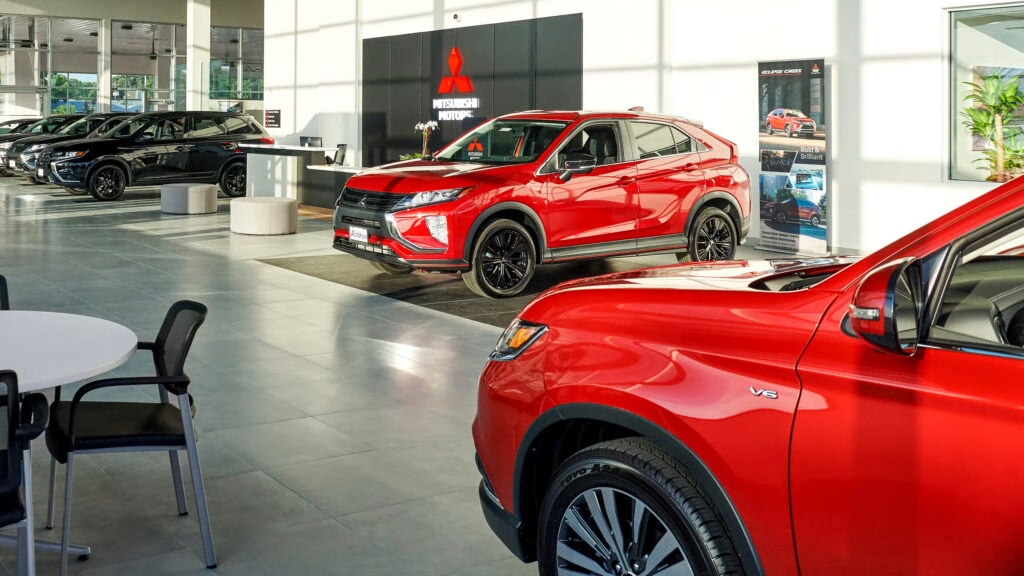Buyers are feeling the pinch at car dealerships, and it’s not just about the sticker price. While automakers publicly maintain that prices are stable, the reality is a bit murkier. Many consumers are paying more than they realize, thanks to a combination of reduced incentives, rising delivery charges, and looming tariff hikes. Let’s dive into what’s really happening in the automotive market and how it affects your wallet.
Understanding the Hidden Costs of Buying a Car
When you walk into a dealership, the Manufacturer’s Suggested Retail Price (MSRP) is just the beginning. Morris Smith III, a Ford dealer from Kansas, aptly describes the situation as “stealth.” Automakers are finding ways to increase their profits without directly raising the MSRP. This can include cutting back on incentives, which have dropped significantly from a high of 10% to just 6.7%.
Moreover, delivery and destination charges are creeping up, adding to the overall cost of purchasing a vehicle. It’s a classic case of “what you see isn’t what you get.” Buyers might think they’re getting a good deal, but when you factor in these additional costs, the reality is quite different.
The Numbers Don’t Lie
Recent data from Kelley Blue Book reveals that the average sale price for cars jumped by 2.5% in April—the largest single-month increase in five years. This uptick in price comes at a time when interest rates for auto loans are also on the rise, making financing a vehicle more expensive. Zero-percent interest deals have hit their lowest point since 2019, leaving buyers with fewer options to save money on financing.
So, while the MSRP may look the same, the total cost of ownership is climbing. Smith points out that consumers are experiencing price increases in the thousands, even as manufacturers insist they haven’t raised prices. This disconnect can leave buyers feeling frustrated and confused.
The Inevitable Price Hikes
As if the current situation wasn’t challenging enough, looming tariffs are set to make things even worse. Automakers like Ford, Subaru, and Hyundai are preparing to raise prices on their 2026 models by an average of 1.9% to 5%. The reality is that as manufacturers run out of pre-tariff inventory, the prices are bound to rise. Kelley Blue Book editor Sean Tucker emphasizes that there’s no escaping the impact of these tariffs on car prices.
It’s not just about the MSRP; it’s about how dealers set final prices based on their costs. As they face higher replacement costs for vehicles, it’s only logical that they’ll pass those costs onto consumers.
Spotting Other Sneaky Tactics
Beyond the obvious price increases, automakers have other tricks up their sleeves. One tactic to watch for is the reduction of standard features in vehicles. While the MSRP may remain unchanged, buyers could find themselves with less-equipped cars. This means that even if you’re paying the same price, you’re getting less value for your money.
Additionally, manufacturers may choose to raise prices on higher-end models to offset losses from lower-cost vehicles. For instance, while the price of a Ford Escape might see a modest increase, the next F-150 could see a much steeper rise.
What This Means for You
Navigating the current automotive landscape requires a keen eye. Don’t be swayed by marketing claims or executive statements about stable pricing. The reality is that cars are not going to become more affordable anytime soon.
The big takeaway? The automotive market isn’t about perfection—it’s about smarter adjustments. Start by researching the total cost of ownership, including financing, delivery charges, and potential feature reductions. Make one change this week, whether it’s exploring different financing options or considering a used vehicle, and you’ll likely spot the difference by month’s end.

